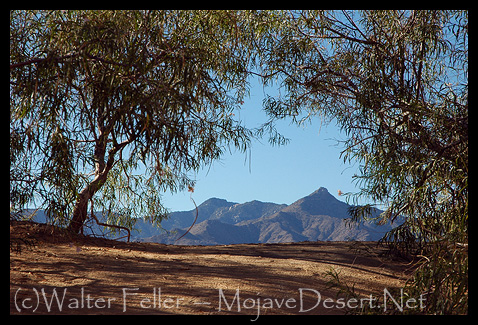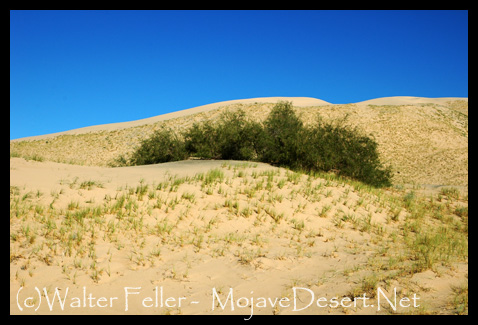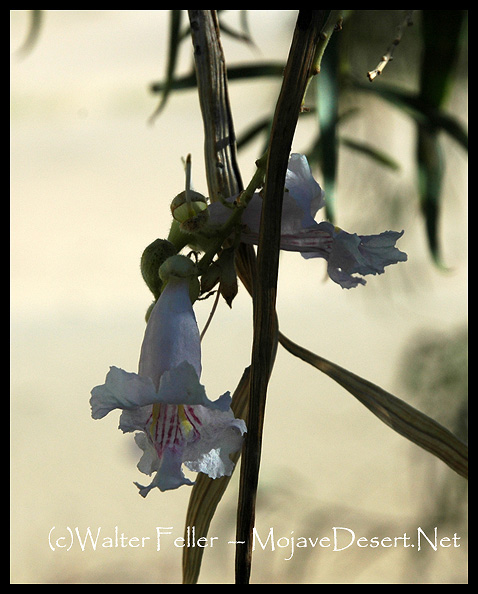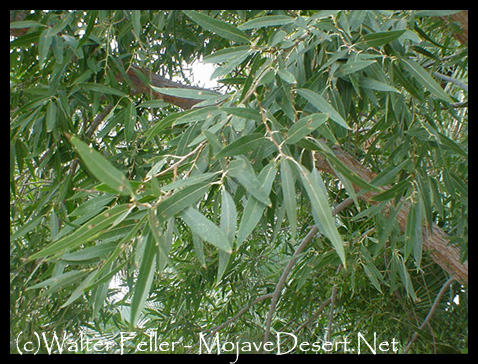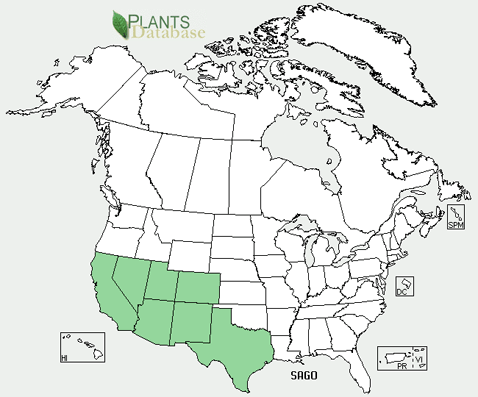Desert Willow: A Tough Beauty of the Southwest
Despite its name, the desert willow isnít a true willow ó it just looks like one. Its long, narrow leaves and graceful shape remind folks of willow trees, but this hardy plant is actually a member of the catalpa family. Known for its beautiful trumpet-shaped flowers and ability to survive in dry, sandy washes, Chilopsis linearis is a true desert survivor.Youíll find desert willow growing throughout the Southwest ó from Texas to California and into northern Mexico. It thrives along desert washes, dry riverbeds, and canyon bottoms where underground water is just close enough to keep it going through the long, hot summers. These trees can handle flooding during the rainy season and drought in between ó a rare combo in the plant world.
What makes the desert willow stand out is its flowers. From late spring into summer, it produces pink to purple blooms that look a bit like orchids. These blossoms donít just look good ó they feed hummingbirds and bees, providing a sweet nectar source right when itís needed most. The flowers also give way to long seed pods, which crack open to release fluffy seeds carried by the wind.
Wildlife benefits from the desert willow in more ways than one. Besides the nectar for pollinators, birds sometimes use the tree for cover or nesting. Mule deer and other animals might nibble on the leaves or young pods, especially when other food is scarce.
Historically, Native peoples of the region used desert willow wood to make bows and baskets. Today, itís a popular landscaping tree thanks to its drought tolerance, pretty flowers, and low maintenance. Itís also used in roadside plantings and restoration projects where stabilizing sandy soils is important.
Desert willow grows quickly and can reach up to 30 feet tall, though it often stays smaller and bushier. After fires or other damage, it usually comes back by sprouting from the base, sending up multiple stems and forming a shrub-like appearance.
This plant may not be a true willow, but it certainly lives up to the name when it comes to toughness and grace. In the harsh, arid landscapes of the desert Southwest, desert willow adds color, life, and resilience ó a reliable presence along dusty streambeds and canyon walls.
